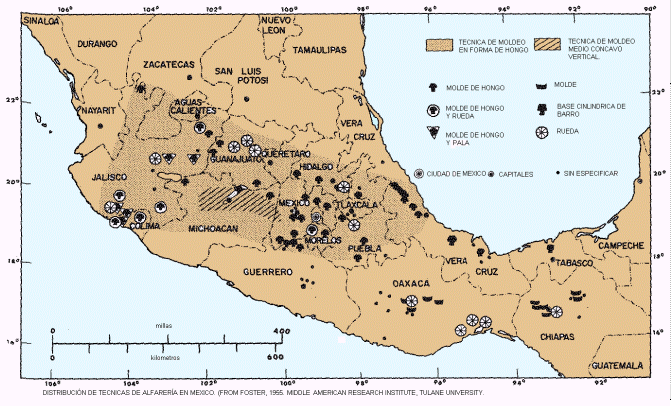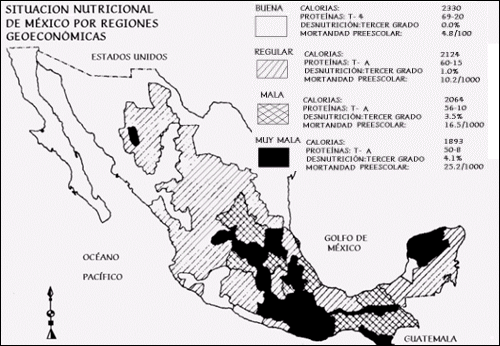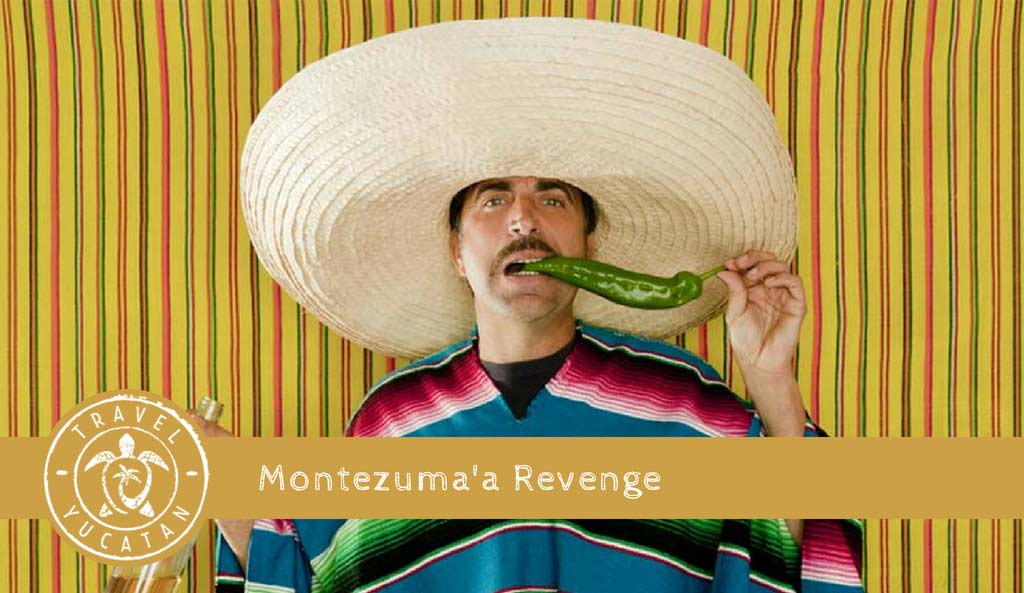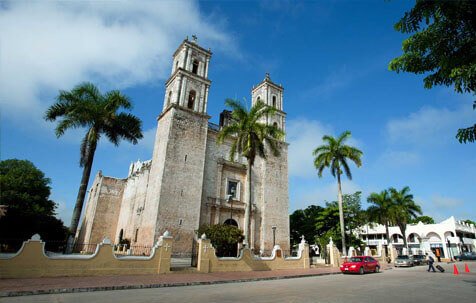| NACIONAL |
29.983
|
103.290.099,151
|
27.797.604,719
|
75.492.494,432
|
8.787.436,301
|
66.705.058.131
|
3.523.636
|
3.040.495
|
||
| 04 | Campeche |
137
|
1.665.385,980
|
163.070,000
|
1.502.315,980
|
0,000
|
1.502.315,980
|
14.651
|
13.510
|
|
| 07 | Chiapas |
1.129
|
2.509.335,000
|
1.261.692,880
|
1.247.642,120
|
14.345,000
|
1.233.297,120
|
147.753
|
141.571
|
|
| 08 | Chihuahua |
141
|
2.042.245,680
|
134.777,500
|
1.907.468,180
|
752.522,000
|
1.154.946,180
|
23.828
|
19.702
|
|
| 10 | Durango |
20
|
834.937,000
|
1.563,000
|
833.374,000
|
350.364,000
|
483.010,000
|
21.467
|
913
|
|
| 12 | Guerrero |
305
|
1.170.038,920
|
408.377,280
|
761.661,640
|
10,000
|
761,651,640
|
70.604
|
60.887
|
|
| 13 | Hidalgo |
529
|
345.690,740
|
194.591,405
|
151.099,335
|
21.533,750
|
129.565,585
|
67.639
|
63.181
|
|
| 14 | Jalisco |
8
|
406.538,700
|
236.470,500
|
170.068,200
|
0,000
|
170.068,200
|
2.594
|
2.547
|
|
| 15 | México |
221
|
175.654,280
|
119.252,750
|
56.401,530
|
467,000
|
55.934,530
|
57.564
|
50.579
|
|
| 16 | Michoacán |
107
|
421.902,690
|
180.283,480
|
241.619,210
|
1.765,400
|
239.853,810
|
32.267
|
22.272
|
|
| 17 | Morelos |
36
|
79.502,660
|
28.446,420
|
51.056,240
|
0,000
|
51.056,240
|
9.539
|
9.024
|
|
| 18 | Nayarit |
32
|
669.869,120
|
5.504,000
|
664.365,120
|
96.815,633
|
567.549,487
|
4.660
|
907
|
|
| 20 | Oaxaca |
1.060
|
5.956.419,330
|
1.982.008,300
|
3.974.411,030
|
96.886,411
|
3.877.524,619
|
297.311
|
262.225
|
|
| 21 | Puebla |
211
|
327.079,050
|
158.114,500
|
168.964,550
|
570,400
|
168.394,150
|
39.920
|
36.741
|
|
| 22 | Querétaro |
30
|
48.920,800
|
17.604,500
|
31.316,000
|
0,000
|
31.316,300
|
4.396
|
4.258
|
|
| 23 | Quintana R. |
167
|
1.592.668,790
|
240.246,000
|
1.352.422,790
|
254.748,500
|
1.097.674,290
|
16.731
|
11.777
|
|
| 24 | S. L. Potosí |
350
|
267.327,630
|
183.771,720
|
83.555,910
|
6.762,500
|
76.793,410
|
40.216
|
39.167
|
|
| 26 | Sonora |
135
|
370.363,660
|
94.738,760
|
275.624,900
|
126.811,400
|
148.813,500
|
18.535
|
8.097
|
|
| 27 | Tabasco |
60
|
58.213,500
|
37.858,000
|
20.355,500
|
11.289,000
|
9.066,500
|
3.693
|
3.237
|
|
| 30 | Veracruz |
956
|
809.647,910
|
724.137,760
|
85.510,150
|
13.254,057
|
72.256,093
|
89.798
|
87.649
|
|
| 31 | Yucatán |
664
|
2.152.984,870
|
565.072,540
|
1.587.912,330
|
17.313,800
|
1.570.598,530
|
109.100
|
69.052
|
|
Production
23. The communal and ejido lands of the indigenous peoples are the basis of a production system geared towards self-subsistence in contrast to the system and lands under intensive use of a capitalist type of production. Productive activities are concentrated in the primary sector and destined to supply the food needs of the households, although there is, even at the level of the household economy, a series of products destined for the market. In the first instance the milpa constitutes the central axis of the household’s production strategies. It is in the milpa that the maize, beans, squash, and edible and medicinal plants are grown. In a second place are the cash crops, including: coffee, vanilla, pepper, sugar cane, honey, rice, fruits, cotton, ajonjoli, etc. These products complement the household income and permit the purchase of needed agricultural inputs and other market items not produced by the household.
24. Information shows that 89 percent of the indigenous agrarian centers are dedicated to agriculture; 8 percent for livestock; 1 percent for timber, and 2 percent to various other activities tied to the primary sector. Agriculture is in a weakened situation at this time due to the fact that 93.8 percent of the ejidos and agrarian communities are rainfed lands and lack any type of irrigation.
25. It is undeniable that the combination of demographic growth leading to more intensive use of lands; increasingly smaller and uneconomical plots for household production; and unsustainable extraction of resources has led to instances of severe if not irreversible land degradation. All these factors have had and continue to have an adverse impact on the micro-regional production systems.
26. Regardless of the type of crops, in general the technology used is simple and its knowledge acquired by the entire community. There is a prevalence of a diversified household production system that constitutes a coping strategy to minimize risks and ensure household survival. These strategies include, in some instances, the combination of agricultural work in combination with fisheries or artisan production. Wage labor, wherever possible is also a coping mechanism as is employment in the large agro-business fields either in the country or in the United States.
27. The division of labor within the family is characterized by the collaboration of all its members in different activities.
| Women | Preparation of foodCare of children
Care of home garden and livestock Artisan work: weaving textiles, clothes making, pottery, etc. |
| Men | Heavy agricultural work,hunting, collection of various items
house building public cargos care of old people |
| Children | Assistance to parents in agricultural and home activities |
| Older generation | Assistance to married children in all activities: support role, extra laborer role |
Transfer of experience, knowledge, oral tradition, customs
Collective Work
28. Forms of collective work within the indigenous communities are qualitatively different from those found in a capitalist economy. This type of work acts as a catalytic factor for the enhancement of the production process organized on the basis of reciprocity between families of the community and community members.
29. In the first instance, collective work is done for the cleaning of agricultural plots, house building, and special household emergencies. The nature of this reciprocity is that once a service has been received there is an obligation incurred to reciprocate the favor when there is a call for it. This is a form of social credit insurance, which filled the gap created by the lack of formal credit institutions. The second type of collective work is that which is solidarity-shared with the rest of the community and dedicated to community works such as school or church building, road building, clinics, potable water, street paving, parks and playgrounds, etc.
This type of work goes by the various terms of tequio, faena, fajina, etc. and it is the equivalent to a local community or municipal taxation system to pay for the public social services in urban centers. Each community sanctions the non-compliance with this type of work in different ways.
Marketing
30. The exchange of the production of the indigenous communities is a combination of the pre-colonial market structures and the
Spanish market customs. There are various types of weekly markets with correspondingly different characteristics.
Typology of Weekly Markets
Regional markets exist where there is a strong interdependence of urban rural networks, and are concomitantly established in the main urban centers or regional capitals of each indigenous region.
Micro-regional markets in the more peripheral main rector centers
Municipal markets
Community markets. 31. Each one of these market types has its own characteristics and scale of integration to the national level economy. Regional markets, for instance, are generally located in enclosed buildings that, together with the sellers, market authorities, and buyers all constitute the market. At the level of municipal markets, all the personnel belongs to the communities and the basic activity is the exchange of merchandise for money and, in some instances, barter. The specialization in different types of products depends to a large extent on the nature of the soils if the communities. All of them, nevertheless, produce maize, which is not normally a part of the exchange economy, but other articles of pre-colonial manufacture are exchanged, for instance:
| CocoaMamey
Guanabana Papaya Tepejilote Tejocote Zapotes |
PotatoYuca
Chayote Yams Squash Jicama Chaya |
GladiolasGardenias
Christmas flower Jacaranda Camellia Zempoaxuchitl Squash flowers |
Textiles (cotton)Textiles (straw)
Leatherworks (sandals) Basketry Pottery Stone works |
32. All these products are part of the indigenous economic system. They are found in local weekly markets and marketed in small quantities, only enough to secure enough to secure other needed items for subsistence and consumption items not produced at home.
33. This regional system of markets forms an exchange network for agricultural, livestock, hunting and collection, fisheries, and artisans such as pottery makers (see map for example of the distribution of artisan communities), basket-makers, carpenters, textile weavers, and stone cutters and artisans. They also include the artists in plastic and silver work. They all come together weekly or during the ceremonial feast days to exchange their products which assures the sustainability of each family, community, municipality and region. This system constitutes an established institution of the indigenous economy that can operate through barter or money exchanges and which permits the permanent and sustainable development of productive forms, distribution, consumption, at all levels of households and of the community.
34. The surplus produced in the community or ejidos pass through the municipal markets and from there to the regional and national markets. Many artisan products are marketed in the tourist market, and some communities live primarily through the marketing of these products. The agricultural and livestock surpluses, as well as the cash crops destined for national or international markets, such as coffee, cocoa, vanilla, barbasco, and forest products and timber, are the cash income generators. These products guarantee the incomes required for the modernization of the household economy, and ensure the satisfaction of their needs for products which they do not manufacture such as soap, fuels, tools, electricity, etc. Each day this economic inter-dependency of the indigenous communities with the state and national economy becomes greater. There are, however, communities which continue to maintain a closed economy based on subsistence such as the Tarahumara, Huichol, Tepehua and others.
35. The inclusion of the systems often considered “informal” but that in fact constitute an intrinsic part of the formal economy must be considered in all the diagnostics and economic studies of the states with a high proportion of indigenous populations. The indigenous economy, with its system of regional markets and specialized distribution systems are a part of the overall economic picture. To exclude these elements from an economic analysis constitutes a distortion of reality and gives rise to conclusions that classify these regions as ones of extreme poverty which in reality is not entirely true.
36. It is clear that while the indigenous economies operate at a micro-economic level, and notably characterized by subsistence, there are others that are oriented towards the regional, national, and international markets. Such is the case; for example, of the Maya in Yucatan that constitutes the backbone of the henequen production.
37. Each one of these forms of economic and social organization is subject to its own ecological and environmental conditions, as much as the cultural constructs which give rise to the particular dynamics of each indigenous group. Modernity, in its various manifestations, permeates the life of the communities and introduces new elements that modify these groups inherited cultural and social tradition, making for new forms adapted to changing conditions, characteristics and identity.

38. Poverty in many of the indigenous communities is perpetuated by the presence and network of intermediaries, whose control over the commercial and exchange networks ensures their appropriation of the value of production, while the producers continue to obtain minimum gains and profits from their products. There is a lack of indigenous organization to control of the economic networks, as well as a lack of financing and road infrastructure, which are all factors contributing to making the indigenous peoples highly dependent on the intermediaries with the only option of selling either directly out of their own plots or placing their products in the closest regional market whenever possible.
Financial Sources
39. There have been a series of changes in agricultural policies since 1989 according to information gathered by CEPAL (Economic Commission for Latin America). These included the elimination of guaranteed prices for the twelve basic products, with the exception of maize and beans; the elimination of CONASUPO (National Company of Subsistence Products), and other state enterprises that formerly regulated and commercialized agricultural products such as the Mexican Institute for Coffee Production (INMECAFE), and the Mexican Tobacco (TABAMEX). At the same time there was a re-structuring of rural credit, which eliminated subsidies for credit and agricultural supplies and a privatization and elimination of public entities dedicated to agriculture.
40. The Rural Credit Bank was also reformed at this time. It led to a concentration of credit to the most secure, low-risk, and profitable products. This caused an increase in the rate of defaulted loans and eliminated some segments in the market from receiving credit since they were outside of the new financing parameters. It also changed the institutional mechanisms for crop insurance and limited insurance coverage.
41. The sources of financing for rural producers that had always been limited, both by the private banks and by government institutions, were further constrained by these reforms and led to a diminution of the volume of production in the indigenous communities. Many of them abandoned some of the cash crops because of the lack of credit and institutional support that they formerly gave the producers (as for example INMECAFE, CONASUPO, FERTIMEX, or PROFORTARA).
42. A recent study of the evolution of the ejidos shows a significant decline in the number of producers applying modern technologies. In 1990 fertilizer use among the ejidatarios was 61 percent but had declined to 52 percent by 1994. In the same period, the use of improved seed varieties declined 24 percent and use of insecticides declined by 15 percent. The decline in agricultural extension and other technical services was even more notable. While in 1990 a total of 60 percent of the ejidatarios had access to such services, only 8 percent still had access to them four years later (Alain De Janvry, 1990-94).
43. Most negatively affected were the indigenous ejidatarios that had formerly enjoyed some support from government institutions, although with regional variations, for instance in the region of the Huasteca, Oaxaca and Guerrero where indigenous people had some support. These producers have seen their incomes decrease drastically since they do not fit the requirements for formal loans and credit and continue to cultivate products that were formerly subsidized (grains and oils). The result is an increased dependency of the indigenous producers on the lenders and intermediaries that charge an average of between 10 and 25 percent a month on loans which they obtain through formal credit mechanisms at one tenth the amount of interest they charge to the indigenous producers (refer to the Profile and Diagnostics of the Huasteca, Oaxaca, Yucatan, and Chiapas).
44. The most important compensatory mechanisms after this policy change have been PROCAMPO, that substituted the subsidies with direct payment to the producers calculated on the area under basic grain production. In order to gradually ease CONASUPO�s demise, the Agricultural Secretariat (SARH) founded in 1991 another institution: the ASERCA charged with support and services for agricultural marketing but without direct intervention in the buying and selling of products as CONASUPO had previously done. Today, PROCAMPO makes small loans ranging from 500 to 2,000 pesos and works directly with communities. However, because it does not take into account specific levels of differentiation among producers and their endogenous organizational forms their work with the communities has led to an institutional disarray of the regional organizations because there is no further need of them.
45. Other institutions working directly with producers, and which have various credit modalities, include FONAES/SEDESOL ,Fondos Regionales /INI (see the Diagnostic studies for the Huasteca and Oaxaca).
46. Experience has shown that in the indigenous regions a modest but continuous level of credit availability and financing can result in sustainable and self-financing development processes because the majority of the indigenous municipalities already have the resources, knowledge, and will to continue their own development. The problem lies in the limitation of most programs to a six-year period tied to political administration and characteristically lack continuity. This has a negative impact on the efforts of the producers to sustain modest but continuous levels of production.
Consumption
47. Traditionally, consumption in the indigenous communities was directly related to their production, as well as to those products obtained through hunting, gathering, and fishing. Aside from the products that they obtain in the regional markets, the basic diet consists of tortilla made from maize, beans, diverse sauces made from red and green tomato, and garnished with a variety of chilis. This diet includes cocoa or chocolate, honey, and vanilla. Soups are prepared from squashes, young maize, and onions grown in the home gardens, avocado, and many varieties of mushrooms. Meat, whether beef, pork, or chicken, is not a part of the usual diet and reserved for special family feast days or community ritual observances. Nevertheless, there are food items of animal origin and obtained through hunting, including deer, wild boar, monkey, diverse snakes, iguanas and their eggs, frogs, maguey grubs, ants, and crickets. Several different types of shrimp, crayfish, fish, snails, turtles, ducks, and various edible birds are hunted or gathered in lakes and rivers. From the home garden, the indigenous household obtains many fruits and edible plants. They also produce their own alcoholic beverages including pulque, chica, teshuino , and mezcal.
48. All these items of the traditional indigenous diet have changed significantly in the last few decades. The trend has been to move to increased reliance on manufactured food items. This change has had a strong negative nutritional impact on the indigenous population; particularly young children and women who are particularly vulnerable to the influences of the publicity of companies dedicated to the sale of processed foods. Another critical factor contributing to the change in diet is the sale of the products, formerly for household consumption, in exchange for products of low nutritional value such as sodas, candy, cookies, and other snack food. Evidence of these changes is shown in the following map, which illustrates that, the areas of the country with the highest level of under nutrition and malnourishment coincides with the indigenous regions.







